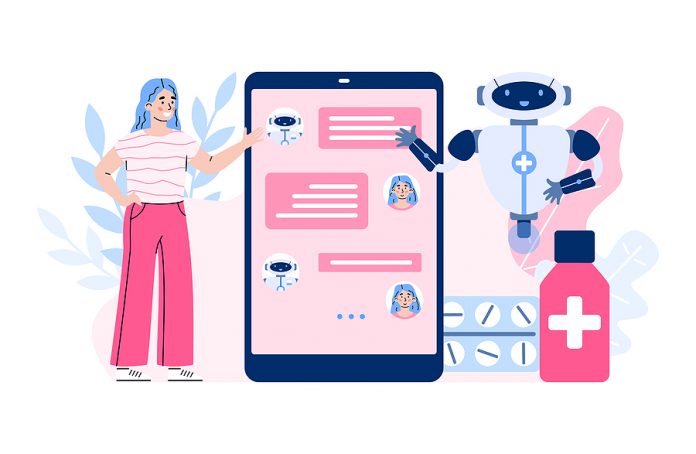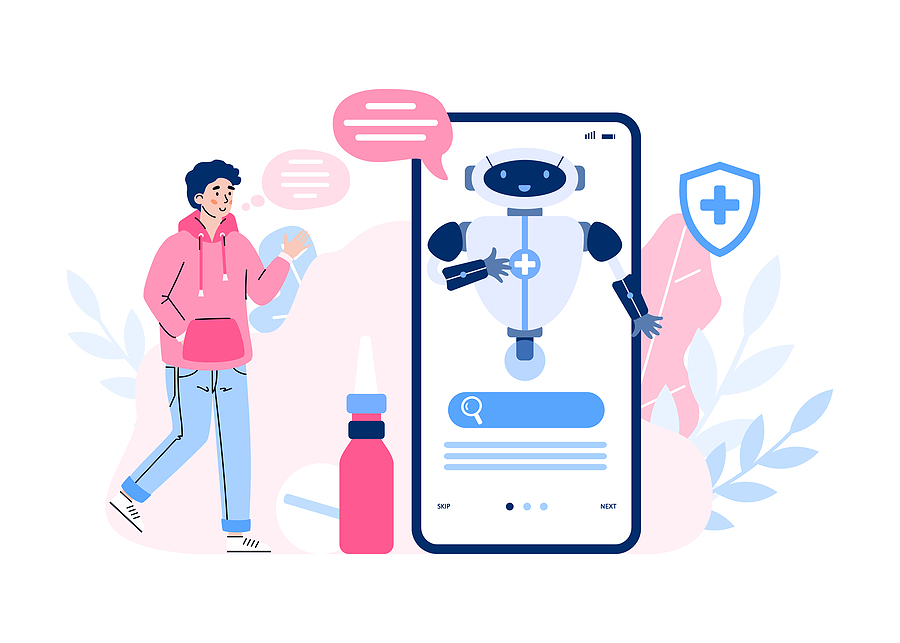What is Adaptive Communications?
Adaptive Communications is a new approach to digital conversational interfaces, first conceived and developed by Adaptive Communications startup, Hyro.
In essence, Adaptive Communications refers to capabilities endowing any communications channel, e.g., chatbots, virtual assistants, voice assistants, smart speakers, call centers, etc., with the adaptability and flexibility required to match the scale of growth of enterprises.
Adaptive Communications is based on advanced language-based techniques such as computational linguistics and knowledge graphs. Rather than following pre-set guidelines (as most AI conversational interfaces do), Adaptive Communications Platforms (ACPs) model the human language and are capable of parsing sentences and understanding context.
Adaptive Communications Platforms generate and save companies millions of dollars by fully automating their customer-facing (and in many cases internal) communications channels. Their unique composition eliminates costly and energy-consuming manual deployment, maintenance, and updating rounds. Their understanding of natural language and context allows them to fill in for or replace live support staff.
By the end of 2021, interactions with conversational interfaces will grow by 250% across the globe. 75% of U.S. States have implemented conversational AI on their websites, and 50% of enterprises will spend more money this year on conversational interfaces than on traditional mobile app development.
The future of business is conversational, and now it must become adaptive.
Why Are Healthcare Organizations Across the States Making the Shift Towards Adaptive Communications?
If 2020 taught us anything, it is that everything can change in an instant.
In a few weeks, a rapidly spreading pandemic (the worst in over a hundred years) would lead to the complete shutting down of life as we knew it. Schools closed indefinitely, air travel screeched to a halt, and brick and mortar shops locked up.
But of all sectors impacted by COVID-19, none had to change and adapt as quickly and as drastically as the healthcare industry. Seemingly overnight, ongoing medical care (non-COVID-19-related) shifted entirely to the digital sphere. Hospitals across the nation became or were perceived as COVID-19 hotbeds, and due to strict social distancing measures or out of pure fear, patients hesitated to visit hospitals and clinics. Between March 1st and March 29th, Hospital visitation volumes dropped by 32%-60% compared with pre-COVID-19 levels, and in April, emergency room visits in the U.S. fell by more than 40%.
Healthcare systems found themselves forced to migrate their entire operations into the virtual universe and had to accelerate digital offerings previously considered low priority into the forefront of their patient engagement and retention strategies.
Take telemedicine for a stark example: At HLTH VRTL 2020, Dr. Laurie Glimcher, President and CEO of the Dana Farber Cancer Institute, shared that before COVID-19, Dana Farber saw about 5 to 10 telehealth visits per week. They now support 3000 per week, a 29900% increase. Pretty mind-boggling, huh?
And if that’s not a prime example of how COVID-19 transformed healthcare from physical to digital, an Accenture study found that 68% of patients would be more likely to choose a healthcare provider if they could book/change/cancel appointments online. 70% of patients would like to receive reminders via email or text message, and 77% would like to request prescription refills electronically.
And though the pandemic is (thankfully) beginning to subside in the U.S., there is no going back to how healthcare used to be. Now that patients inadvertently experienced the benefits of digital healthcare, their expectations and desire for 24/7 medical care from the comfort of their homes are only going to become more pronounced. A May 2020 survey by McKinsey & Company found that no less than 76% of all patients would like to continue using digital health even after the pandemic subsides.
To meet this sudden surge in demand for constant digital communication and engagement with their patients, healthcare systems had to adapt at warp speed, in some cases standing up new conversational interfaces in 48 hours. In contrast, healthcare organizations that failed to respond and migrate their services online and communicate policy changes to their patients found themselves losing millions of dollars in revenue and logged alarming patient churn rates.
The Benefits of Going Adaptive
The COVID-19 crisis has served as a case study and cautionary tale for healthcare organizations on the speed at which drastic changes can take place and on patients’ demands in 2021 to constantly be well-informed on how these events affect their care.
Implementing conversational AI to improve patient engagement and communication is not a new concept in the healthcare space. Over the last decade, more than $800 million was invested in conversational AI for healthcare, and 2021 saw some remarkable IPOs and funding rounds in this ecosystem.
But the marriage of healthcare and conversational AI has not been ideal. Most conversational interfaces on the market suffer from a fatal flaw. The majority of chatbots, voice assistants, and IVR systems offered to healthcare systems are intent-based.
What Does Intent-Based Mean?
Let’s employ a use case like “find a physician” as an example. A single intent would be to find a physician based on their specialty. Another single intent would be to find a physician based on their insurance plan. Another would be the combination of those two parameters. The number of intents grows exponentially with the number of data points an organization has.
To match the user’s utterance to an intent, a healthcare organization using intent-based conversational interfaces must own and generate vast amounts of data to tag and train Machine Learning models just to deploy and later realize that their users want to achieve something completely different.
That’s why instead of conversing with useful chatbots and voice assistants, patients are often forced to waste precious time and effort interacting with click-bots and pre-recorded IVR systems.
To avoid using intent-based solutions, healthcare systems often turn to cheaper DIY chatbots and bot-building platforms. The actual tradeoff for these cheaper tools usually appears when healthcare systems need to scale; that’s when it becomes apparent that adding different channels, use cases, and understanding layers while building out hundreds of conversational flows becomes resource-heavy. In tandem, that’s when organizations usually discover that to truly automate digital engagement on their websites and call centers, they’ll need solutions that require less manual effort and more automation.
Introducing the World’s #1 Adaptive Communications Platform
Already widely adopted across U.S. healthcare organizations such as Novant Health, Weill Cornell Medicine, Mercy Health, and Montefiore Health System, Hyro’s Adaptive Communications Platform ensures easy bi-directional communication, through text, touch, and voice capabilities, between its clients and their end-users. As opposed to rigid intent-based chatbots and IVRs, Hyro’s platform is both linguistics and knowledge-based, meaning that its conversational AI learns human language first then continuously layers use cases on top of that understanding engine. Providing those conversational interfaces with such a strong lingual foundation allows large enterprises to keep pace with ever-changing content, datasets, and customer demands. As data is added or adjusted across websites, databases, CSVs, APIs, and other sources, Hyro automatically updates its knowledge graph so that the information provided to end-users remains accurate.
So what does that mean on a practical level?
- Speed – using knowledge graphs to automatically ingest information and computational linguistics methods to query it without relying heavily on Machine Learning.
- Simplicity – providing conversational AI interfaces in a plug & play manner without taxing efforts on the customer end.
- Scalability – adding new use-cases and updating existing ones automatically.

Cameron Dickerson is a seasoned journalist with nearly 10 years experience. While studying journalism at the University of Missouri, Cameron found a passion for finding engaging stories. As a contributor to Kev’s Best, Cameron mostly covers state and national developments.


